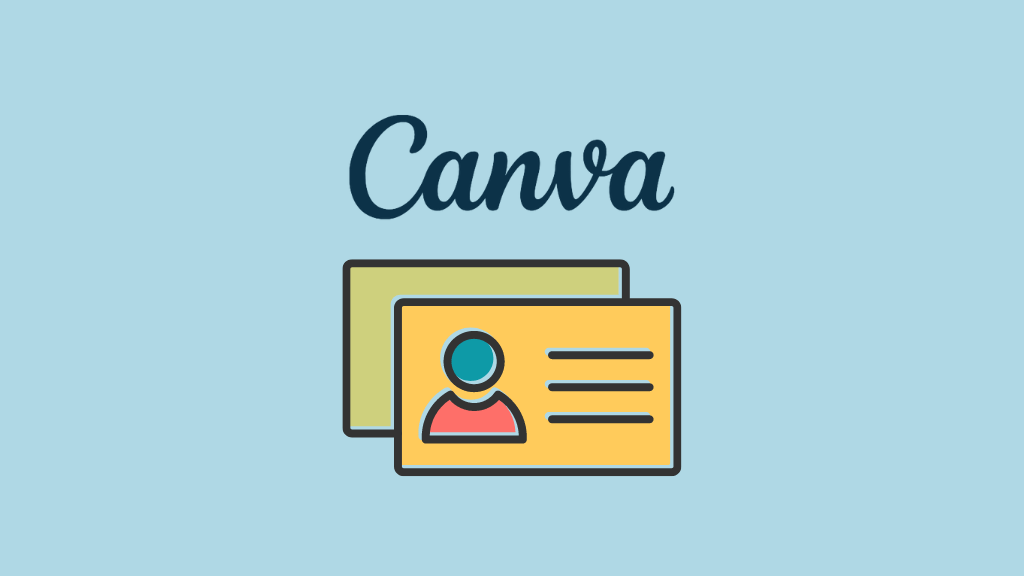
Canva Business Card Maker: Complete Buyer's Guide
Cloud-based design platform with integrated AI capabilities
Canva Business Card Maker positions as a cloud-based design platform with integrated AI capabilities targeting general business users and creative professionals.
Market Position & Maturity
Market Standing
Canva maintains established market leadership as a comprehensive design platform with over 100 million monthly active users globally, providing significant stability advantages over venture-funded startups in the specialized business card space.
Company Maturity
Proven scalability across diverse market segments, from individual creators to enterprise implementations like FedEx, demonstrating operational capability to support varying organizational requirements.
Growth Trajectory
Benefits from the expanding business card maker software market projected to reach $977.70 million by 2031 at 18.5% CAGR [127].
Industry Recognition
Widespread adoption across creative and business sectors, though specific awards or analyst recognition for business card capabilities require verification.
Strategic Partnerships
Integration with printing services and established partnerships demonstrate ecosystem maturity and operational reliability for organizations requiring both digital and physical card production.
Longevity Assessment
Long-term viability appears strong given Canva's diversified platform approach beyond business cards, reducing dependency on single-product market dynamics.
Proof of Capabilities
Customer Evidence
FedEx implementation achieving significant reductions in brand review requests through Canva's template libraries and brand control features [131].
Quantified Outcomes
50% cost savings over 3-year periods through eliminated printing and redistribution expenses [15][17].
Market Validation
94% user adoption rates achieved through mobile demonstrations and intuitive interface design [131].
Competitive Wins
Competitive wins appear concentrated in scenarios prioritizing design accessibility and template variety over specialized enterprise integration.
Reference Customers
Enterprise validation includes FedEx implementation.
AI Technology
Canva's AI foundation centers on Magic Design™ technology, representing genuine machine learning implementation that generates business card layouts from natural language prompts and creates text-to-image backgrounds [135].
Architecture
Cloud-based infrastructure eliminating local installation requirements and enabling immediate access across devices.
Primary Competitors
HiHello offering SOC 2-compliant CRM synchronization with Azure AD integration [142] and Popl achieving 45% higher follow-up conversions through behavioral analytics [143].
Competitive Advantages
Extensive template library, genuine AI implementation through Magic Design™, and integrated print/digital production capabilities [135][138].
Market Positioning
Accessible generalist option within a specialized vendor landscape, serving users prioritizing ease of use and creative flexibility over specialized business card functionality.
Win/Loss Scenarios
Win scenarios favor Canva when organizations prioritize design flexibility and template variety over enterprise integration.
Key Features

Pros & Cons
Use Cases
Pricing
Featured In Articles
Comprehensive analysis of AI Business Card Tools for AI Design for AI Design professionals. Expert evaluation of features, pricing, and implementation.
How We Researched This Guide
About This Guide: This comprehensive analysis is based on extensive competitive intelligence and real-world implementation data from leading AI vendors. StayModern updates this guide quarterly to reflect market developments and vendor performance changes.
145+ verified sources per analysis including official documentation, customer reviews, analyst reports, and industry publications.
- • Vendor documentation & whitepapers
- • Customer testimonials & case studies
- • Third-party analyst assessments
- • Industry benchmarking reports
Standardized assessment framework across 8 key dimensions for objective comparison.
- • Technology capabilities & architecture
- • Market position & customer evidence
- • Implementation experience & support
- • Pricing value & competitive position
Research is refreshed every 90 days to capture market changes and new vendor capabilities.
- • New product releases & features
- • Market positioning changes
- • Customer feedback integration
- • Competitive landscape shifts
Every claim is source-linked with direct citations to original materials for verification.
- • Clickable citation links
- • Original source attribution
- • Date stamps for currency
- • Quality score validation
Analysis follows systematic research protocols with consistent evaluation frameworks.
- • Standardized assessment criteria
- • Multi-source verification process
- • Consistent evaluation methodology
- • Quality assurance protocols
Buyer-focused analysis with transparent methodology and factual accuracy commitment.
- • Objective comparative analysis
- • Transparent research methodology
- • Factual accuracy commitment
- • Continuous quality improvement
Quality Commitment: If you find any inaccuracies in our analysis on this page, please contact us at research@staymodern.ai. We're committed to maintaining the highest standards of research integrity and will investigate and correct any issues promptly.